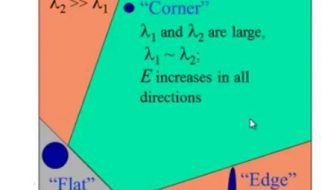A beginner’s guide to writing a tanka poem.
 Image: depositphotos.com/adrenalina
Image: depositphotos.com/adrenalina
Tanka is a form of poetry that originated in seventh-century Japan.
It is similar to Haiku, another popular form of Japanese poetry. Like haiku, tanka poems have a defined syllable structure. A tanka poem has 31 syllables.
While haiku has a 5?7?5 syllable structure, Tanka has the structure 5?7?5?7?7.
So, a tanka poem is like a haiku with two extra lines added. Sometimes, this extra length can offer a little more scope to tell your story. And, unlike haiku, tanka allows metaphors, similes, and personification.
Traditionally, Tanka poems were written as one continuous line. But modern versions written in English are usually formatted over five lines.
Tanka poems typically have a turn or pivot in the third line. An article about Tanka on poets.org notes:
Like the sonnet, the tanka employs a turn, known as a pivotal image, which marks the transition from the examination of an image to the examination of the personal response. This turn is located within the third line, connecting the kami-no-ku, or upper poem, with the shimo-no-ku, or lower poem.
Modern English tanka tends to be more flexible than traditional forms. Because consonant clusters in English are longer than in Japanese, some Tanka poets do not strictly adhere to the 5?7?5?7?7, 31 syllable structure.
Traditionally, tanka poems do not use punctuation, although I?ve seen plenty of examples that break this rule.
Getting Started
Probably the best way to get started with tanka is to jump in and write one.
As I?ve noted above, modern English tanka is quite flexible. But, if you?ve never written a tanka before, I?d suggest sticking to these guidelines at first:
- Five lines with the syllable structure 5?7?5?7?7.
- A total of 31 syllables.
- Try to avoid punctuation such as full stops and question marks.
- Try to incorporate a turn in the third line as discussed above.
To double check your syllable count, you can use this Haiku Syllable Counter. It works for tanka as well as haiku.
Here?s a Tanka poem I wrote recently. This example should serve to illustrate the form:
Dark spicy essence Thick rich droplets fall slowlyOn the waiting foodTo dance sweetly on my tongueWell loved Worcestershire sauce
Submit a Tanka to House of Haiku
We?ve decided to open up House of Haiku to tanka as well as haiku to spice things up a bit. You can view our submission guidelines here.
Resources
If you would like to dig deeper into Tanka, the following resources are a good starting point:


